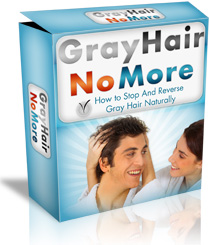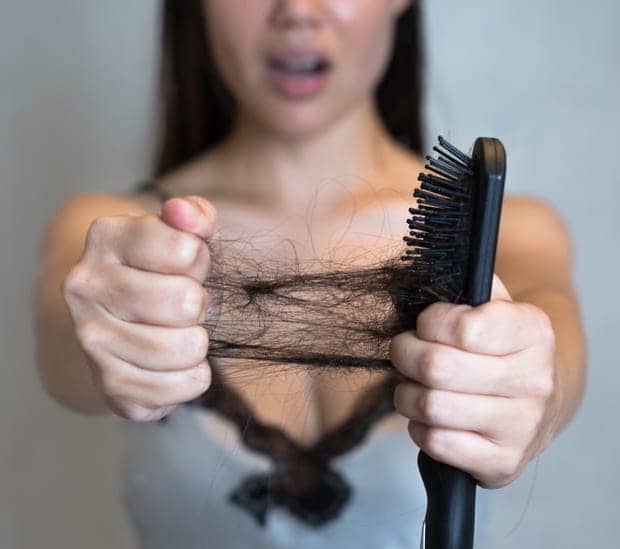[ad_1]
Many men and women use hair color occasionally or regularly in order to restore graying hair to its original color, or to change their hair color to a more desirable or more fashionable color, or even to return their hair color to its previous hue after it has been damaged by chemicals or sun bleaching. However, temporary or permanent hair colors can have adverse health effects. Besides causing healthy hair to become dry or brittle, some of the chemicals in hair color products have been linked with cancer. However, it is not totally clear whether hair color products actually do cause any forms of cancer. Many studies have looked at the question, but the results are inconclusive.
Since hair dyes and most professional applications contact the scalp some of the chemicals in the product can work their way into the many small blood vessels that supply the scalp. From the scalp the chemicals can work their way into the blood supply and into the body’s many organs, especially the bladder.
Several studies over the years have implied a link between bladder cancer and hair color products. A study funded by the National Cancer Institute, performed by the Keck School of Medicine at the University of Southern California, and reported in 2001 compared 1514 bladder cancer patients in Los Angeles with a population of 1514 non-patients who lived in the same neighborhoods. The study was adjusted for tobacco smoking, a known contributor to bladder cancer. The study reported that women who used permanent hair dye monthly for a year or longer were twice as likely to develop bladder cancer as women who did not use permanent hair dye. The study also showed that those who used permanent hair dye monthly for 15 years or more were three times as likely to develop bladder cancer. Further, the study showed that hairstylists and barbers with one year of exposure to hair dyes were 50% more likely to develop bladder cancer and those with 10 years of professional exposure were 5 times more likely to develop bladder cancer.
The USC study also concluded that there was not a connection between temporary and semi-permanent hair dyes and bladder cancer. These dyes normally last only a few weeks and wash out relatively quickly. The American Cancer Society estimates that bladder cancer represents 6% of cancer cases in men and 2% of cancer cases in women.
On the other hand the Food and Drug Administration (FDA) and the American Cancer Society released an epidemiological study in 1994 that involved 573,000 women. This study did not conclude that a link between the use of permanent hair color and deaths from bladder cancer among women existed.
Other studies have focused on blood cell cancers including lymphomas, leukemia, and myelomas. The American Journal of Epidemiology in 2004 published results of a study by Yale University researchers that suggested that long term usage of dark hair dye may slightly increase the risk of developing non Hodgkin’s lymphoma but that it was not a conclusive cause of cancer. The study pointed out that people who used hair colors before 1980 may have an increased risk for cancer. Hair dyes have changed since 1980 when the use of chemicals that were known to cause cancer in mice was eliminated.
In 2005 Spanish researchers reported in the Journal of the American Medical Association about a review of 79 original studies from 11 countries. Their meta study concluded that there was not strong evidence of a link between hair dye and an increased risk of cancer.
A report published in 2008 in Lancet Oncology from the International Agency for Research on Cancer concluded that professionals who work regularly with hair dyes probably face an increased risk of cancer. However, it also concluded that occasional personal use of hair dyes probably does not raise the risk of contracting cancer.
An alternative to the use of chemical hair color is to use vegetable-based rinses with botanical extracts that coat the hair shaft with color but do not penetrate. These rinses contain the least amount of synthetic chemicals but only last for a few weeks. Another alternative is to use a product derived from the tropical henna shrub. These dyes cannot be used to lighten the hair but are longer lasting than the vegetable-based rinses and also contain few synthetic chemicals.
Some advice for people who are worried about using chemical hair dyes include wearing gloves when handling hair color and rinsing the scalp thoroughly with water after use of the hair color. Also, don’t leave the dye on the head longer than necessary and follow the directions in the package carefully. Further, never try to dye eyelashes or eyebrows and never mix different hair color products. Consider using vegetable or henna based rinses or dyes rather than purely chemical dyes. Lastly, drink a liter of water to aid the body’s natural process of eliminating chemicals after applying hair color.
Although the numerous studies have not proven a conclusive link between hair dyes and cancer, consumers should use all available precautions if they choose to use hair color products.
[ad_2]
 I visited several hair specialists but none ever gave me any hope.
I visited several hair specialists but none ever gave me any hope.
So I started seeking a way to reverse my gray hair – and not just cover it with some dye… I spent years testing dozens of methods from over the counter products to the most unusual of remedies.
Then, I finally found a way to Reverse the Graying of Hair Naturally and Without the need of any expensive and harmful products.
My discovery came after I read a few books on the anatomy of hair and why it turns gray over time. With that knowledge in hand I was able to create a method to easily turn hair back to its former natural and beautiful color.
I called my system Gray Hair No More Gray Hair No More will help you to:
This book reveals easy steps to caring for your hair including how to reduce dandruff and other conditions, techniques for achieving shiny, romantic and supermodel style hair as well as hair tips for people with severe allergies. It also includes chapters on the best organic hair care lines, great home-made hair care solutions as well as the best hair care salon treatments currently available. This one is a must read for anyone that believes that having a great looking hair is important in today’s life.



